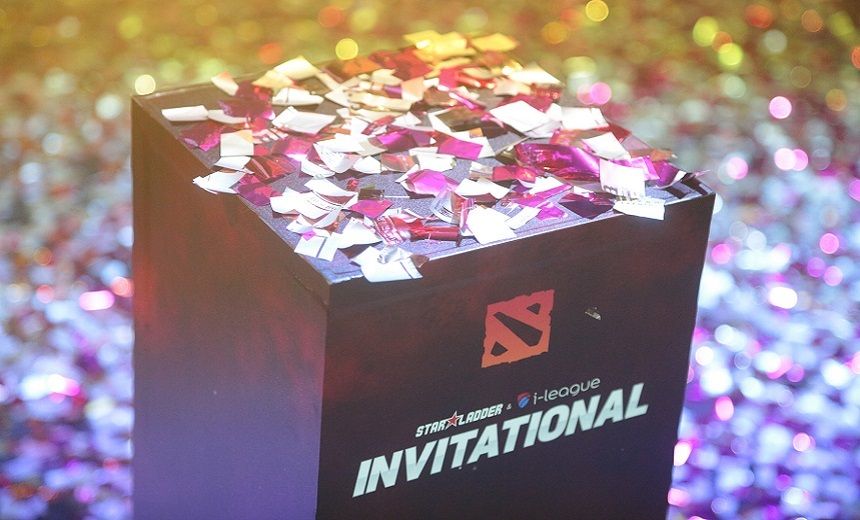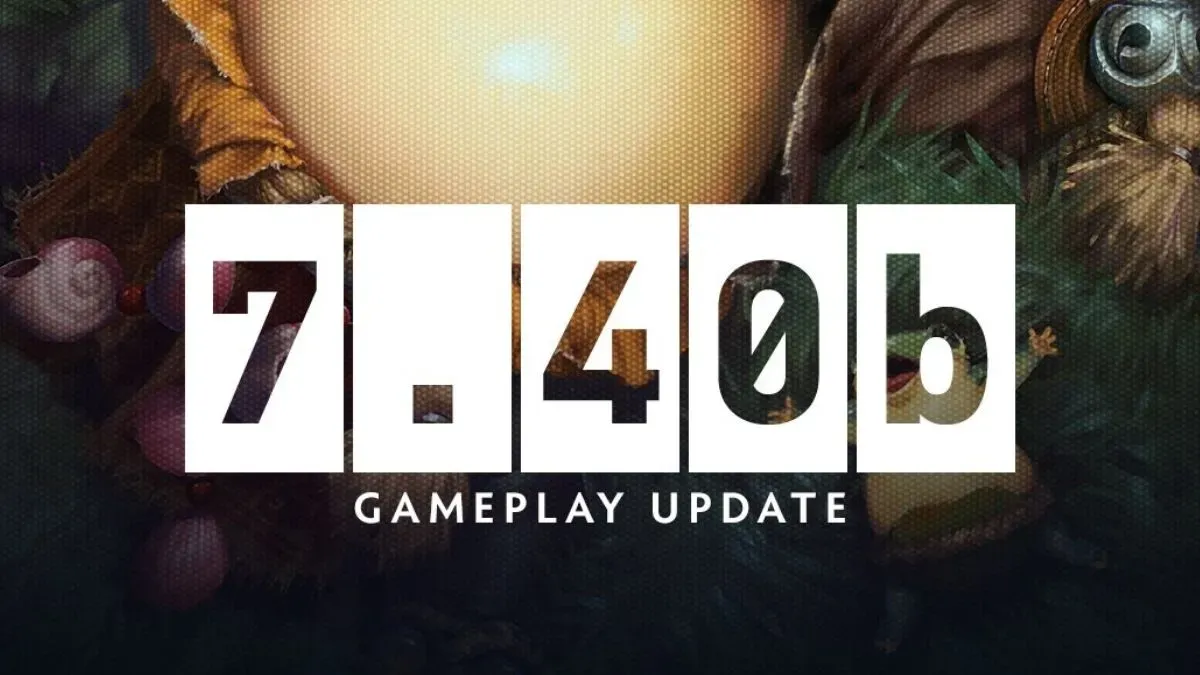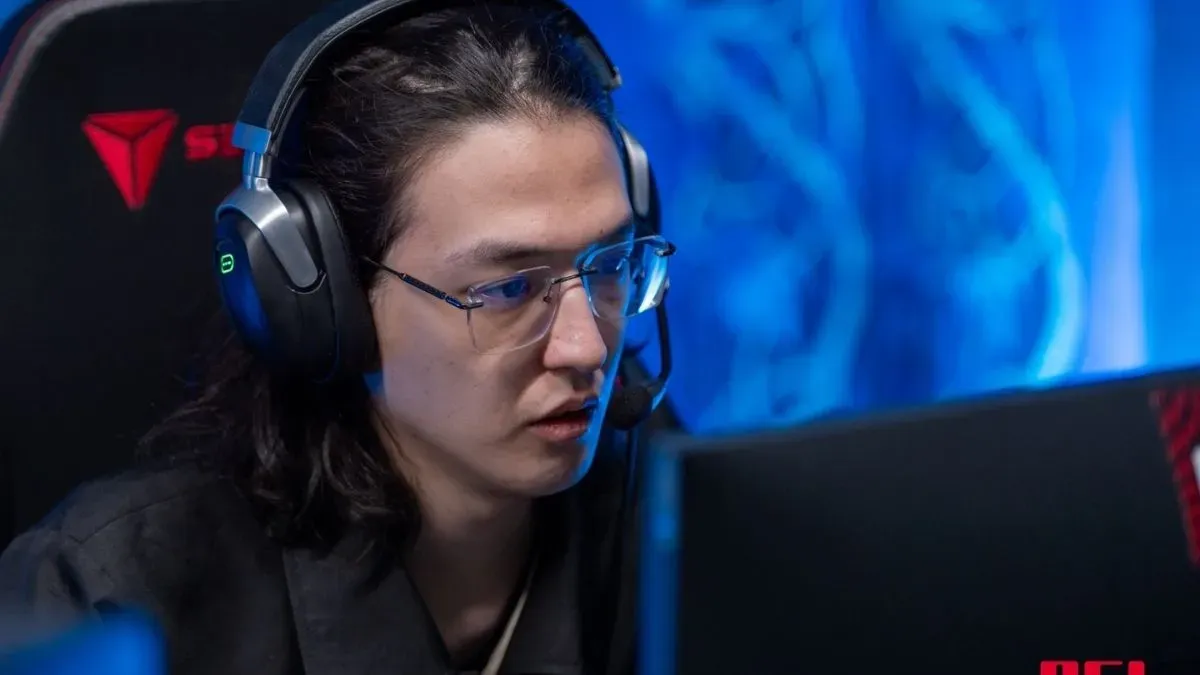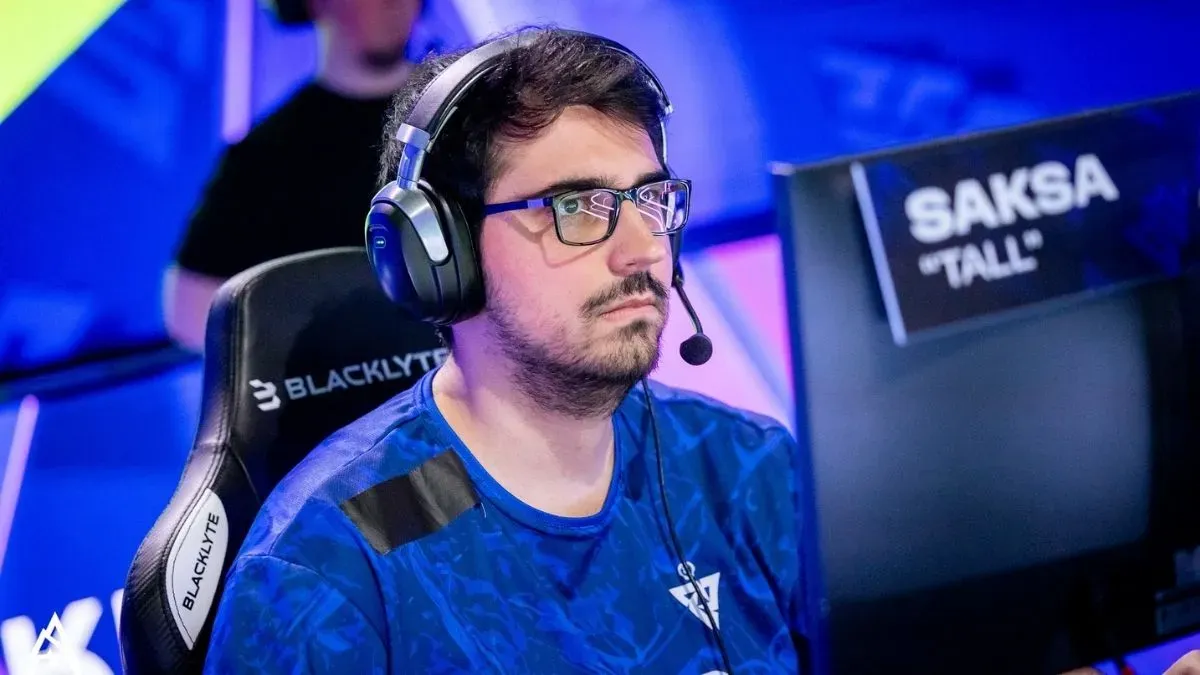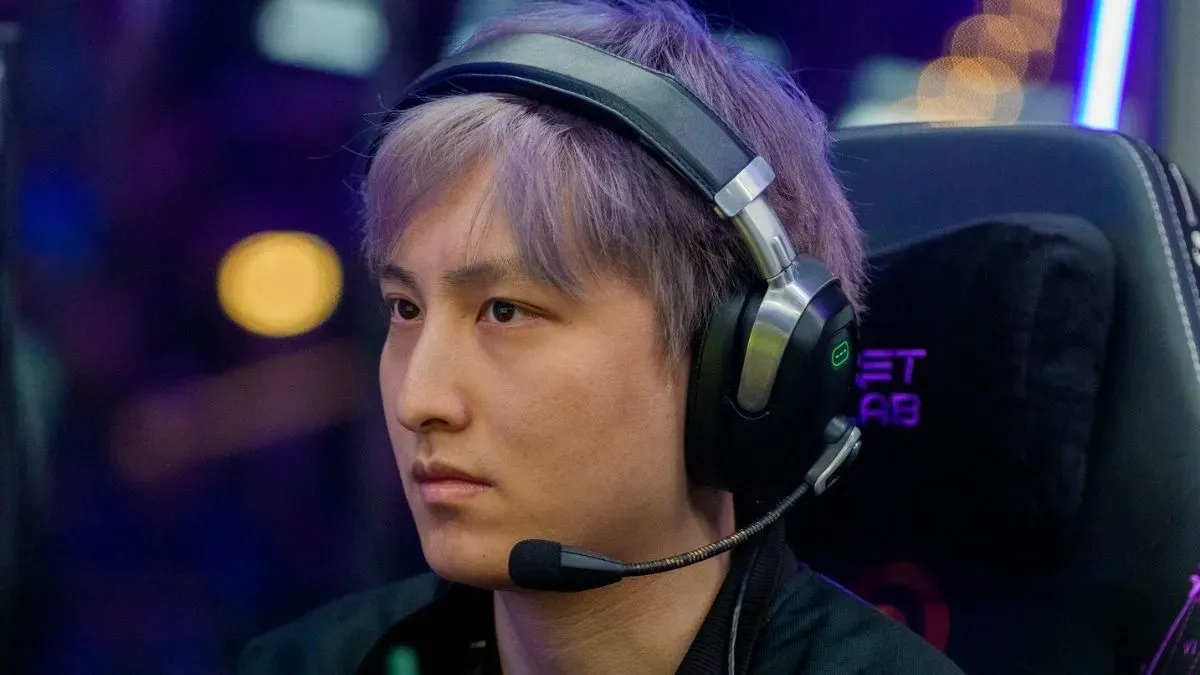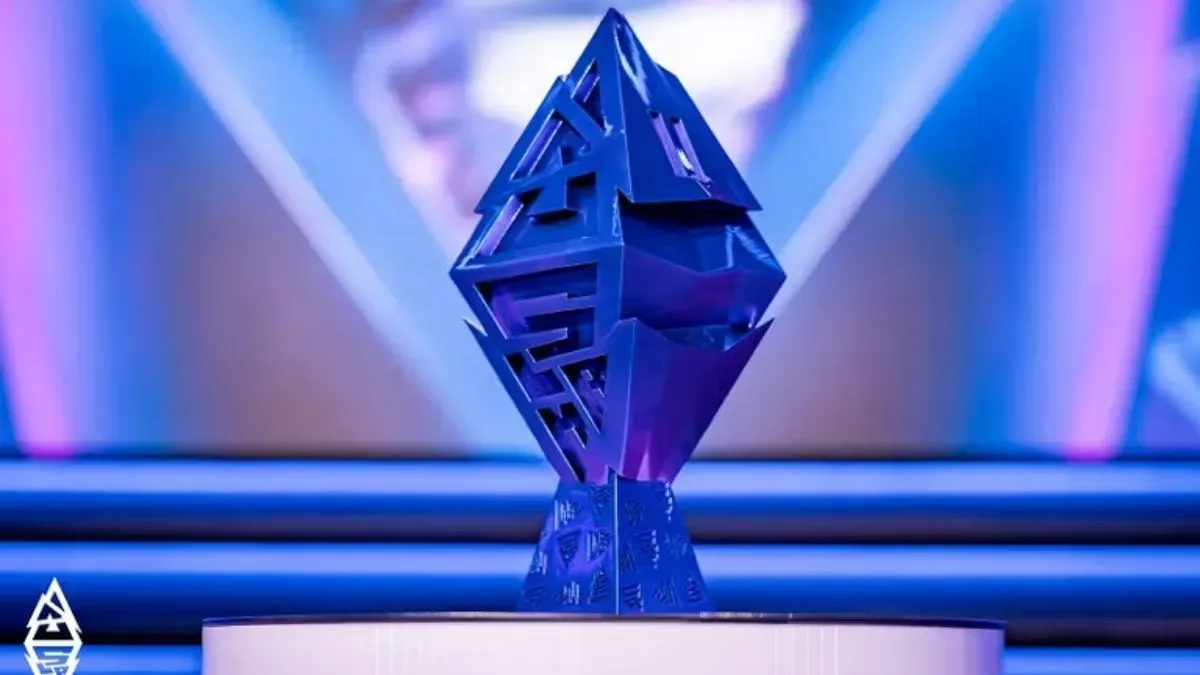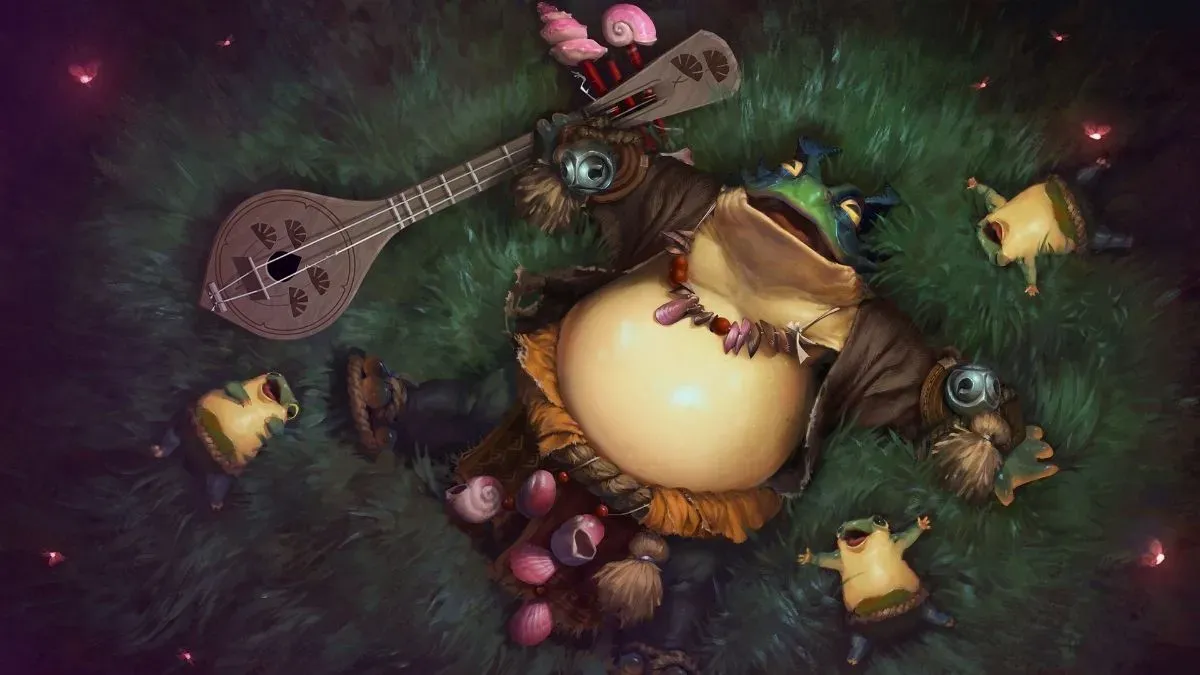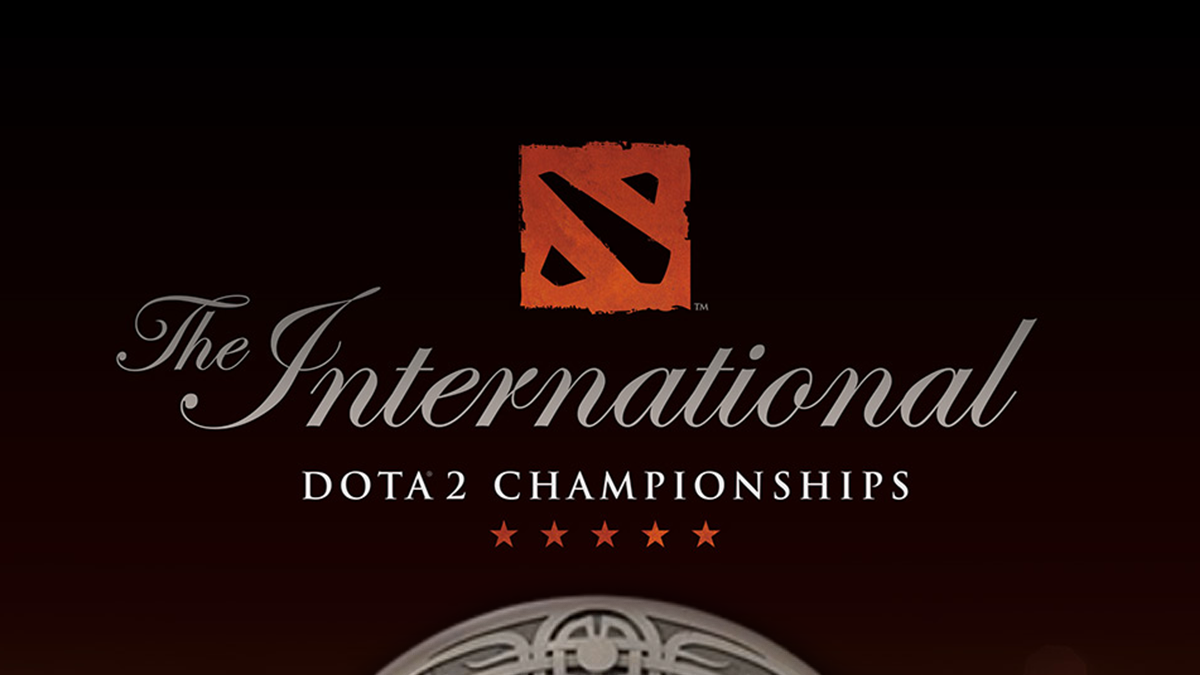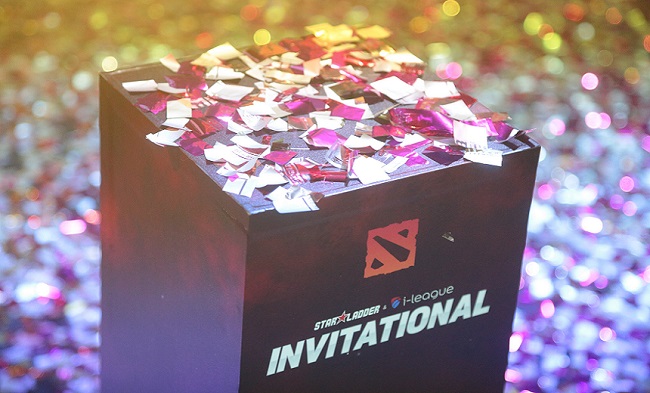
StarLadder i-League Invitational Season 3 set the tone for the DPC by being its first tournament, and the first Minor ever. It also set the confetti standard.
Now that the season’s over, I want to look back at the first year of the Dota 2 Pro Circuit (DPC). This week I want to discuss the Minors, and next week my focus will turn to the Majors.
How did the Minors turn out this year? Did they satisfy your expectations for what a Dota 2 Minor should be? Did they impact the DPC in any tangible ways? Can you even name a Minor, after so many events this season (and while waiting impatiently for The International 8 (TI8) Open Qualifiers to get underway)?
Personally, I think the Minors ranged from average to outstanding, and the latter stand out because I still have a sense of the atmosphere and experience of them. I wasn’t disappointed by any of the DPC events this year (or if I was, I’ve forgotten about it entirely), and I’m optimistic that next year’s will be even better. Let’s take a closer look at the inaugural DPC Minors:
Defining a Minor
Of twenty-two tournaments in the DPC, thirteen were Minors. These were events that had a prize pool of at least (US)$150,000 put up by tournament organizers and less than $500,000 (the target for Majors). Valve added another $150,000 to each Minor’s prize pool, resulting in twelve events worth $300,000 and one worth $400,000 to competing teams. DPC qualifying points were also assigned at the rate of one point per thousand dollars; thus, DPC Minors were worth 300 or 400 points per event.
Most Minors had eight or nine teams, with a regional qualifier for each of the six regions (required by Valve). Most events also had a pair of direct invitations to fill out the competition. As far as I am aware, there were no other requirements for Minors this year. Valve’s public release required only the minimum/maximum prize pool target and one regional qualifier spot minimum per region.
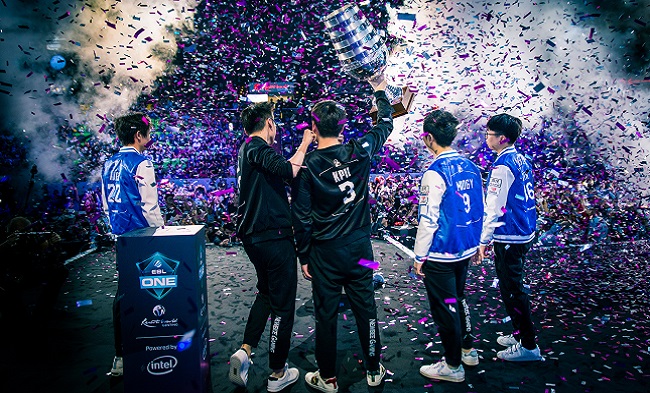
Newbee winning ESL One Genting; Copyright: ESL | Adela Sznajder.
ESL One Genting was the only Minor tournament to really go above and beyond by having sixteen teams and the $400,000 prize pool. Did that make the event more memorable? I remember ESL One Genting not for it’s plumped up size, but rather for the controversies that developed around ESL’s decision to stream exclusively with Facebook. I don’t think the streaming choice impacted my enjoyment of the tournament at the time. However, the tournament didn't have enough of an individual personality for me to remember it as anything other than typical. I want these events to go above and beyond that!
Making Memories
The first event of the DPC was a Minor: StarLadder i-League Invitational Season 3. It was the first of three StarLadder events this past year. The tournament was notable because Team Liquid won their first tournament post-TI7. StarLadder set the tone for solid tournaments and for the DPC. It was minimal, with little in the way of extra content, but had a strong talent list, a straightforward production, and gave us good Dota to watch. It didn’t take any risks, didn’t have an overall theme beyond being a StarLadder event, but it got the job done.
There were several Minors this season that fit the same mold as StarLadder. A few of them had elements that stood out, such as MDL Macau’s neon light graphics, but most were simply good events. And while professionalism is welcome, I think Minors can afford to have a little more personality.
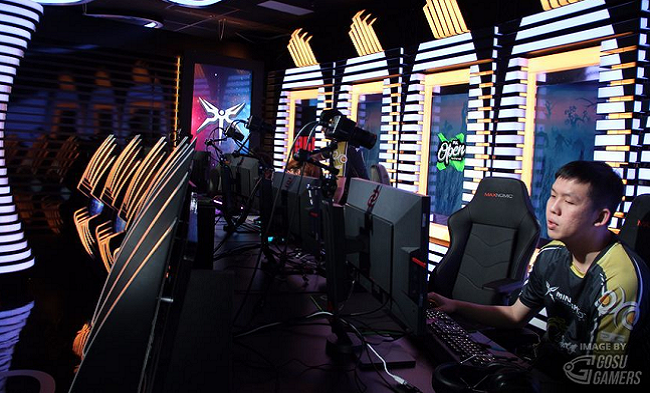
PGL Open Bucharest had no live audience, but a striking stage with lots of horizontal lighting.
Minors were smaller affairs than Majors, with fewer teams and less money on the line. While excellence is certainly a goal worth pursuing, I think there’s more room for play with a Minor. The DOTA Summit 8 and Captain’s Draft 4.0 come to mind immediately as strong examples. The Summit has top-notch, meme-emphasized content and a very casual approach to analysis and casting. Captain’s Draft 4.0 was the only tournament this season to use Captain’s Draft instead of Captain’s Mode, and it embraced a certain “rolling with the punches” atmosphere. Both tournaments are memorable because they were a complete experience: great Dota, entertaining content, unique character.
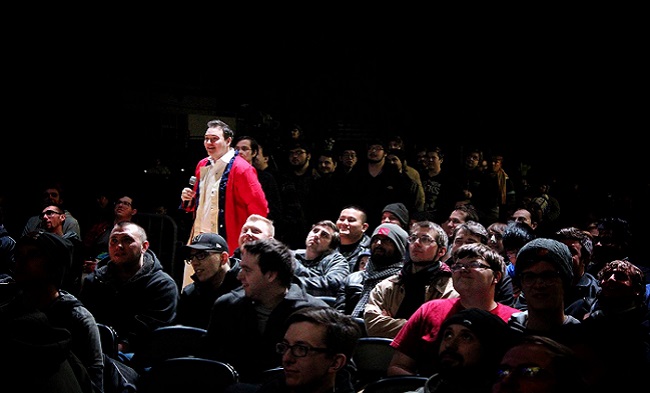
Jake "SirActionSlacks" Kenner filling time at Captain's Draft 4.0. He is, himself, a unique character.
DreamLeague is another tournament series that understands the importance of an overall package. Season 9 was a Minor, and it featured the balance of high quality casting and meme-filled antics that have become the DreamLeague brand.
I’d like to see Minors in the future take more risks to define their own distinctive brands. Not every event should be casual nor should every event be hyper-professional. The mixture is part of what makes Dota 2 wonderful. And, of course, there’s plenty of ways to give an event an identity without compromising too far in one direction or another.
What Impact did Minors Have?
Collectively, the Minors contributed 4,000 points out of 18,250 across the entire DPC. Despite being 59% of the tournaments on the Circuit, the events were worth less than 22% of the total points. Setting aside the issue of roster changes, the DPC Minors impacted the top 8 in only one way—with all the Major results being the same and no points issued from Minors, Optic Gaming would have an invite and Newbee would not. Given the degree to which the three regional invites for North America has been interrogated, with supporters and detractors, I’m curious about how this one change might have impacted the distribution of regional spots. Of course, we can’t know. There’s no going back. And with fewer events on the Circuit, there’s no telling how rosters and results would have been impacted, so this is all hypothetical.
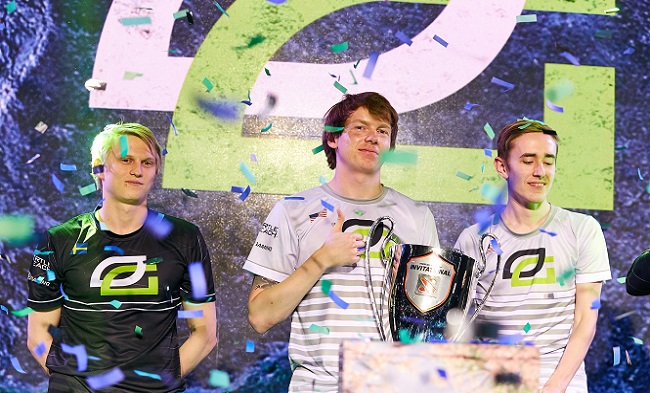
Optic Gaming won StarLadder ImbaTV Invitational Season 5
The Minors did contribute to a series of glutted qualifier periods. Teams not well-regarded enough to receive direct invitations played for days on end to try to earn their way to as many events as possible.
I want to write that they also helped fill out the start of the season, as we only had two Majors between September and the end of February, but isn’t that an odd perspective? We had only three Majors the entire previous year, so to think that two in one half of the season was few is a departure. Perhaps it’s that nearly all the year’s significant tournaments were on the DPC, and there were so many Majors loaded into the second half that two seems like so few by comparison. Regardless, the Minors propelled the early portion of the season.
How Will Changes to the DPC Affect Minors?
Valve released a statement last week regarding changes to the DPC for next season. As relates to DPC Minors, we’ll only have five, and the qualifier periods (which I’ve written about before and will undoubtedly write about again in future months) have been laid out in a clear schedule. Five Minors is fewer than half of what we had in this first year. The pressure will be on to produce the complete package from the start: a competitively-sound, memorable experience.
There are also no more direct invitations, which means qualifiers will be even more competitive. Ideally, we’ll see more comprehensive coverage, in line with DreamLeague’s approach or Beyond the Summit’s King’s Cup. Qualifiers have been gruelling this year, exhausting for teams, talent, and fans alike. Next year, they should be cutthroat. I'm eager to see how organizers present them.
Each Minor will also be paired with a Major, with the Minor's winner guaranteed a spot at the Major. Each Major’s qualifier will happen first, and then non-qualifying teams will be able to compete in the associated Minor’s qualifier. It’ll be important for the Minors to create their own identity to distinguish them from the larger tournament. Rather than being seen as the appetizer, Minors want to be savored all on their own.
And of course, with ten events instead of twenty-two, the DPC leaves more room for non-DPC tournaments to take place. We saw a few last year, such as Midas Mode and WESG, but it’s possible there’ll be more next year as obviously organizations like StarLadder are not going to receive three Minors this time around. I genuinely hope they’re as keen to run tournaments, and that we see a variety of different events pop up to fill the schedule.
This past year gave us thirteen Minors with different approaches. Some were serious and professional, produced by familiar organizations. Others were more casual, improvisational, and/or brought new organizers to Dota 2 (well done, GESC!). Looking back, I’m happy with the variety of tournaments we had, but I hope next year’s Minors stretch a little more to make lasting impressions.
Tell me in the comments below what you thought of this season’s Minors. Did any stand out for you (for better or worse)? Which are you hoping to see as Minors next year?

